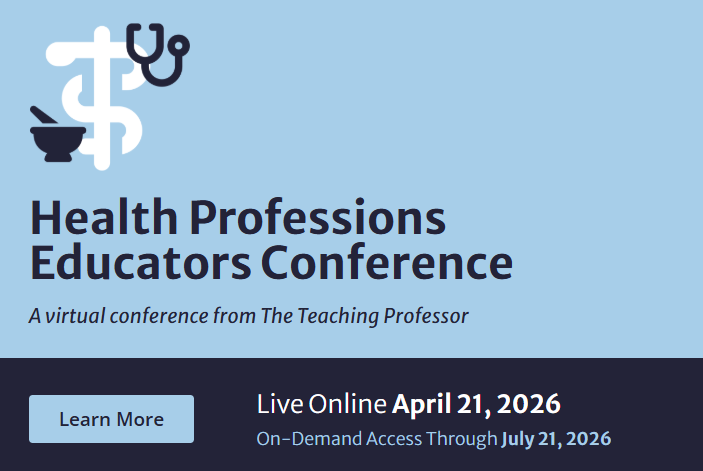
Ensuring Online Course Quality Requires Constant Vigilance
Online programs are under a microscope. Some school faculty and administrators are concerned with maintaining academic quality, while others have already identified problems with quality and integrity. Negative media exposure has caused accreditors and other stakeholders to scrutinize online learning, and college and university administrators know that they need to respond.






